Travel to Northern India
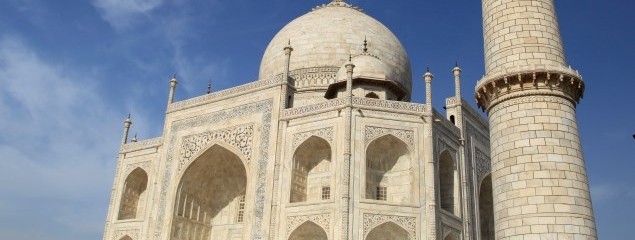
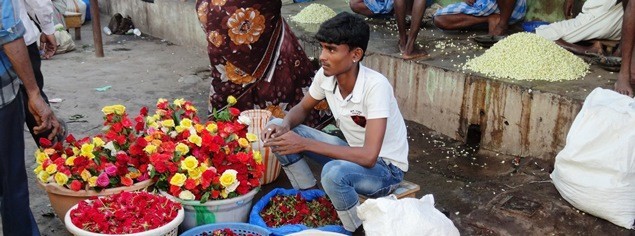
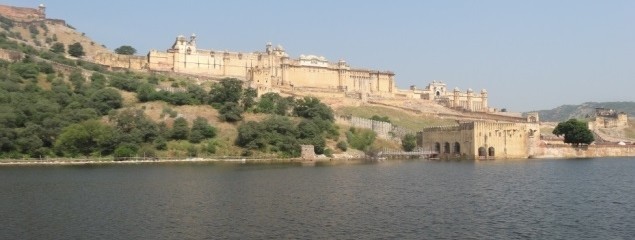
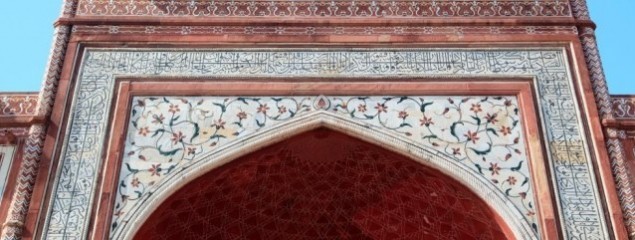
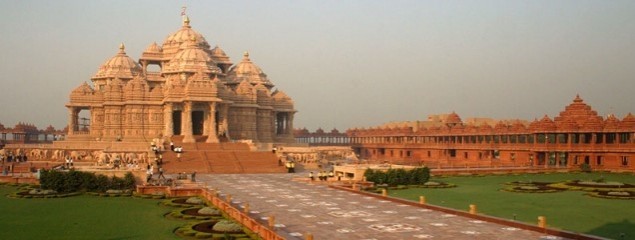
The North is usually the entry point for a trip to India, and has many must-see destinations. It is the India of every traveler’s expectation. The North is a magical canvas that encompasses the dramatic moonscapes of the far north in Ladakh; the high Himalayas rolling down to the beautiful forests of Srinagar in Kashmir, and into45178 the lush, fertile and seemingly unending plains etched and fed by some of the world’s largest rivers, flowing to the beautiful and romantically rugged desert landscapes of Rajasthan.
As a general rule the best time to visit Northern India is when it is cooler, November through April. For trekking and visits to the far northern Himalayan region, April to November is best.
New Delhi, also called Delhi, the capital of India, is modernizing at a fast pace, but a rickshaw trip along Silver Street and through the Old Town instantly transports the traveller back few centuries. Don’t miss: Mahatma Gandhi’s Memorial, the Gurudwara Bangla Sahib Sikh Temple and Qutab Minar. Shopping and eating are great. For a hilarious night out, visit the Bollywood style attraction called Kingdom of Dreams.
Agra home of the breathlessly incomparable Taj Mahal. Our tip: see it both at sunset and in the early morning for a complete experience.
Jaipur the Pink City. Visit Jaipur’s most distinctive landmark, the Hawa Mahal, a stunning pink sandstone, honeycombed structure that rises five floors above the city. Ride an elephant up to the Amber Fort and spend a morning awestruck at the architecture and painstakingly detailed embellishments. Visit the City Palace and adjacent royal observatory. Relax and watch a polo match. Re-energised, head to the markets.
Jodhpur the Blue City. Mehrangarh, the intimidating fort that towers over Jodhpur is a magnificent spectacle and an architectural masterpiece. At it’s base, the old city consisting of thousands of blue buildings, stretches out to the 6 mile long, 16th-century city wall. Inside the wall is a tangle of winding medieval streets, with shops and bazaars selling everything from temple decorations and tattoos to silk and saris.
Udaipur Once considered the most romantic place in India, Udaipur enjoys a magical setting aside shimmering Lake Pichola. Palaces, temples, mansions and countless narrow, colorful market streets add to the city’s natural charms. The huge, cupola-crowned City Palace lines the eastern shore of the lake, with its balconies gazing out at the Lake Palace, Udaipur’s other main attraction.
Mumbai is a melting pot of cultures. A throbbing, cosmopolitan metropolis, it still retains the glory of the past and colonial legacy. Still considered as the heart of business India, Mumbai houses the country’s vibrant Stock Exchange and its booming film industry.
Varanasi One of Hinduism’s seven holy cities, Varanasi is not for sensitive souls. On the ghats of the Ganges River, pilgrims come to wash their sins away, cremate their loved ones, and, if they are particularly good at timing, to die - Varanasi is considered an auspicious place in which to breath ones last breath. Despite the unsettling rawness of these tableaux, Varanasi is fascinating and well worth visiting.
Mark Twain said: “India is the cradle of human race, the birthplace of human speech, the mother of history, the grandmother of legend, and the great grandmother of tradition. Our most valuable and most astrictive materials in the history of man are treasured up in India only! “
The initial draw of India is its antiquities. An advanced civilization, by 500 BC the whole of northern India had knowledge of iron implements. Walled cities and forts have been carefully preserved for centuries and engage those interested in history, design or architecture.
Modern India is mesmerizing. The well orchestrated chaos of Delhi traffic contrasts delightfully with the graceful navigation of houseboats on the Kerala backwaters. Traditional foods have given birth to nouvelle cuisine that tantalize both the eyes and the palate. The Indian wine industry is powering, and sommeliers the world over are taking note. The shopping is to die for.
India is a third the size of the US but exhibits a wide range of topography. From the mountains of the north to the tropical beaches of the south, India has it all.
With one foot in Asia and one foot in the West, India caters to all travelers. Masala tea or espresso, parathas or bagels, tuk tuk or taxi – its your choice how deeply you immerse yourself in this magical culture.
People
India is the world’s second most populous nation, after China. Its ethnic composition is complex, but two major strains predominate: the Aryan, in the north, and the Dravidian, in the south. India is the birthplace of four of the world’s major religions; namely Hinduism, Buddhism, Jainism and Sikhism.
Language
India is a land of great cultural diversity, as is evidenced by the enormous number of different languages spoken throughout the country. Hindi and English are the official languages, and more than 1,500 languages and dialects are spoken. The Indian constitution recognizes 15 regional languages (Assamese, Bengali, Gujarati, Hindi, Kannada, Kashmiri, Malayalam, Marathi, Oriya, Punjabi, Sanskrit, Sindhi, Tamil, Telugu, and Urdu).
History
The History of India begins with the birth of the Indus Valley Civilization in Mohenjo-Daro, Harappa, and Lothal, and the coming of the Aryans. These two phases are usually described as the pre-Vedic and Vedic periods. It is in the Vedic period that Hinduism first arose: this is the time to which the Vedas are dated.
In the fifth century, large parts of India were united under Ashoka. He also converted to Buddhism, and it is in his reign that Buddhism spread to other parts of Asia. It is in the reign of the Mauryas that Hinduism took the shape that it has today.
Islam first came to India in the eighth century, and by the 11th century had firmly established itself in India as a political force; the North Indian dynasties of the Lodhis, Tughlaqs, and numerous others, whose remains are visible in Delhi and scattered elsewhere around North India, were finally succeeded by the Mughal empire, under which India once again achieved a large measure of political unity.
The European presence in India dates to the seventeenth century and it is in the latter part of this century that the Mughal Empire began to disintegrate, paving the way for regional states. In the contest for supremacy, the English emerged ‘victors’, their rule marked by the conquests at the battlefields of Plassey and Buxar.
The Rebellion of 1857-58, which sought to restore Indian supremacy, was crushed; and with the subsequent crowning of Victoria as Empress of India, the incorporation of India into the empire was complete. Successive campaigns had the effect of driving the British out of India in 1947.
Currency
The currency used in India is the rupee, which is divided into 100 paise.
Rupees are available in the following denominations: Coins: 5, 10, 20, 25, and 50 paise and Rs 1, 2, and 5.
Notes: Rs 5, 10, 20, 50, 100, 500, and 1000.
One lakh is Rs 100,000, written 1,00,000. One crore is Rs 10,000,000, written 1,00,00,000.
Weather
The best time to visit most of the country is during the cool, dry season, between November and April. The heat of the south is never less than intense but it becomes uncomfortable in May and June. From this time onwards, the Himalayas grow more accessible, and the trekking season reaches its peak in August through October while the rest of the subcontinent is experiencing the rains.
Health Requirements
There is no risk of yellow fever in India. The government of India requires proof of yellow fever vaccination only if you are arriving from a country with risk of yellow fever, which does not include the US.
Please talk to your travel clinic doctor about how to prevent malaria while traveling. You may prefer to take prescription medicine to prevent malaria, especially if you are visiting low-altitude areas. Malaria medication is not required.
Visa Requirements
US citizens are eligible for an e-Tourist Visa if the sole objective of visiting India is recreation, sightseeing, casual visit to meet friends or relatives, short duration medical treatment or casual business visit etc. and no other purpose/ activity.
Current cost is 60usd.
The link to the eVisa application is:
https://indianvisaonline.gov.in/visa/tvoa.html
Tipping & Porterage
Tipping is expected and appreciated. a porter who carries your bags to the room a 50-100 Rupee tip is fine. A similar amount is OK for the people who come and clean your room. But be alert to the ‘scam’(although it is very small time and more amusing than annoying in most cases) where the items you require appear one by one by one (towels, toilet paper etc), with each trip from the room staff (supposedly) warranting another tip! For this reason please do not over tip.
In restaurants work on 10% of the total bill as a reasonable tip- there is no set amount as is the case in other countries.
At the end of your trip (or each sector) it is customary to tip your driver. As a suggestion, 500-1000 rupees per day is a reasonable tip for the driver, but the amount is totally up to you. (This is from the whole party, not per person). This is just a general guideline for you as there is no set amount to specify. It is purely your decision depending up on your driver’s service to you, willingness shown to you during the tour to go the extra mile in serving you.
For guides, a tip of 200-500 rupees at the conclusion of the service is reasonable, although the higher end of the scale should only apply if you feel they have done a particularly good job.
Credit Cards
Visa and Mastercard are widely accepted, American Express less so. Cash is needed for shopping at street markets. ATMs are easy to locate in major towns and cities.
Electrical Appliances
India plug type: C, D, M
Residential voltage: 230 V
Frequency: 50 Hz
Water
Bottled water is recommended for drinking, and is widely available.
Explore the rest of our India destinations:
Build your own custom brochure
Finally, information the way you want it, when you want. Create your own customized information brochure from anything on our site with this magical tool called a brochure builder. Add destination information, hotels, resort and lodges and even vacations that you are interested in. Simply find a product you are interested in, and click to add to your brochure.
Once you have finalized your selection, press select and your own customized brochure will be created, filled with all sorts of hints and tips to get you started. What a great way to get your friends and family interested in a trip, or perhaps to surprise your husband or wife with, or even to just have a memory of your own vacation?
The selection on this website is just a small showcase of the offerings available, ask the travel experts for more details. We're here to inspire!
Vacations

Rajasthan Highlights
Delhi . Agra . Jaipur . Jodhpur . Udaipur 10 day / 9 night escorted…
![]() Learn More
Learn More




980_100_75_c1.jpg)



Follow Us